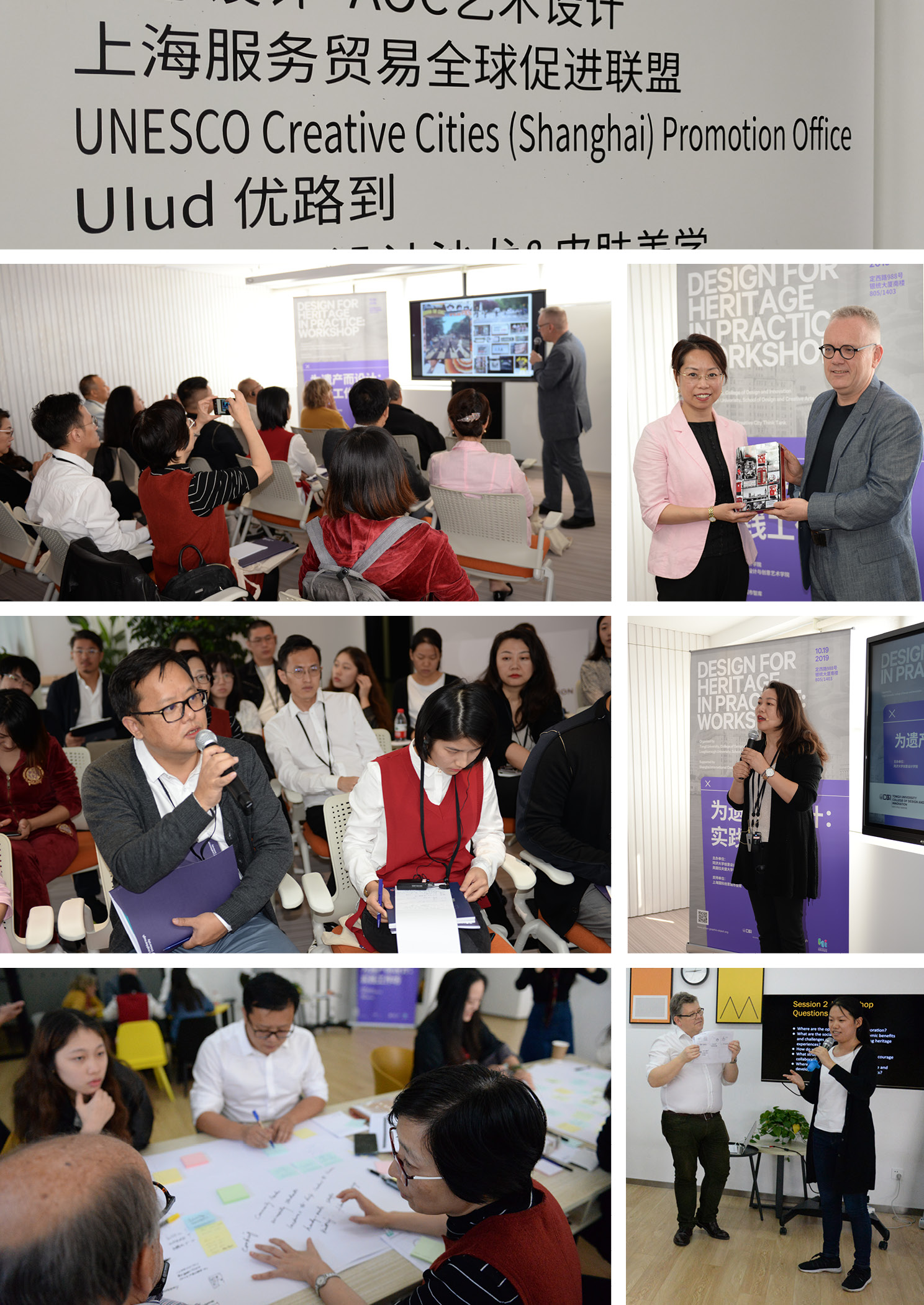This event has now passed.
Date
9:00am until 4:00pm, October 19 2019Location
UNESCO Creative City (Shanghai) Promotion Office
The Event
‘How can participatory design approaches enhance graphic urban heritage for greater social cohesion?’ This question was the starting point for a day-long workshop organised with the Shanghai International Creative City Think Tank at the UNESCO Creative City (Shanghai) Promotion Office.
The workshop was publicised through various networks, and 28 participants attended from a broad range of disciplines including heritage professionals, policymakers, public administrators, creative designers, and artists. The aim was to explore the communication and representation of urban heritage for the benefit of the creative industries in China and the United Kingdom (UK) and to provide the opportunity to explore ideas about design quality in the heritage sector through dialogue between academic researchers and professional practitioners.
The event was split into a morning and afternoon session, beginning with a panel discussion about the question ‘What is heritage?’ This provoked discussion between panel participants – Jan Stael von Holstein, (Chairman, Silver Lining), Wu Zhenwei (Shanghai Creative Industry Association), Petra Johnson (Artist in residence, Tongji University), and Robert Harland (Loughborough University) – and delegates, who together explored the tangible and intangible nature of graphic heritage.
A participatory design workshop took place in the afternoon to explore opportunities for potential collaboration between practitioners and academics. This highlighted focus areas for further events to develop opportunities. A toolkit was used to help stakeholders from both design and non-design backgrounds identify opportunities and share ideas about urban graphic heritage. The objective was to understand the strategic and operational resources needed to embed them through UK-China collaboration.

Above: heritage professionals, policymakers, public administrators, creative designers, and artists explore, debate, and create scenarios whereby graphic heritage is central to individual and collective interests.
The key outcome of the session was the recognition that there were significant opportunities for partnership between the UK and China in the heritage sector.